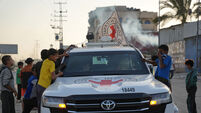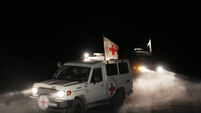A week in hell: 'There are no safe zones in Gaza, only graveyards waiting for names'

Palestinians carrying pans, gather to receive hot meals, distributed by a charity organization in Gaza City, where residents are struggling to access food due to the ongoing Israeli blockade and attacks in Gaza City, Gaza on July 23, 2025. (Photo by Khames Alrefi/Anadolu via Getty Images)
If you've ever had a child who's had a night terror, you'll understand the trauma of watching your kid dissolve into an abyss from which you, their protector, are unable to rescue them.
The only solace as a parent is the realisation - one that only comes with experience - that the night terror will pass. The violence within them will leave, and miraculously, they will return to a deep sleep, later waking with no recollection of what disturbed them.
For over 21 months we have watched as the worst kind of terror has been visited upon children in Gaza. The terror of bombs falling on their heads while they lie asleep. The terror of their tents being incinerated. The terror of abandonment. Of being orphaned and maimed and dismembered.
And now, the terror of forced starvation. A slow and insidious terror that reduces their frail little bodies to skeletons and their eyes to empty fishbowls. Their stomachs to vats of bile.
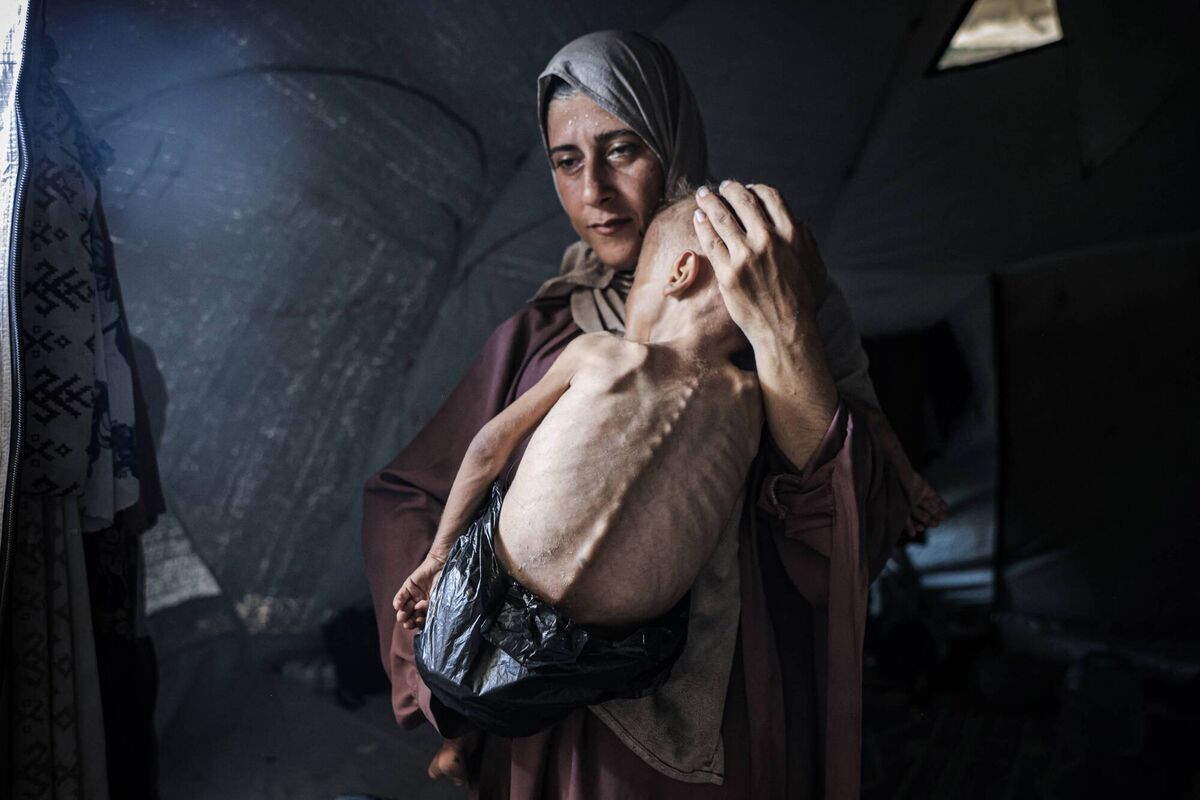
Unlike the night-terror which wakes our children, the only logical conclusion to the terror Palestinian children face is death. That they face that death while millions of tonnes of food and aid lie rotting in the summer sun just miles from where they starve is a stain on humanity no political posturing will ever scrub off.
The sick irony is that, even if that aid was allowed in today, the bodies of these tiny children have been so starved and exposed to disease that a sudden re-feeding could do more harm than good. The physiological and physiological trauma they have been exposed to will affect them for however long they live.
Based on the evidence presented to us every day this week, that may not be very long.
The last seven days have been amongst the most devastating for the people of Gaza. Israeli airstrikes have increased, along with demolitions of the last urban areas by the IDF. The number of people killed while queuing for what little aid is available passed 1,000.
This has been seven days from hell from which Gaza - and our collective consciences - may never recover.
Gaza Health Ministry reports 94 Palestinian bodies arriving in hospitals within 24 hours, bringing the estimated death toll to about 58,667 since October 2023. Last month, the medical journal concluded that the actual Gaza death toll was likely being under-reported by as much as 41%.
Amongst the dead were five civilians killed at the Holy Family Church, a site frequently mentioned by the late Pope Francis in his prayers.

Media reports that a kilo of rice is costing as much as $40, and a kilo of sugar $100. Meanwhile, the United Nations Relief and Works Agency (UNRWA) reported that they had enough food for the entire population of Gaza for three months stockpiled outside the Strip, but Israel continued to deny its entry.
The agency said:
Israel’s government responded to starvation allegations by claiming “it is Hamas that is causing the suffering,” not Israel. In response, the WHO and UN reported over 1,000 Palestinian deaths in attempts to access food since May.
As ceasefire talks continued in Doha, the Bogota Summit concluded in Columbia with 30 countries announcing they had taken steps to “end Israel's era of impunity”. Palestine’s ambassador to the UN Riyad Mansour called it a “turning point”, while Brazil joined South Africa’s case at the ICJ on charges of genocide.
According to local health officials, 15 Palestinians — three of them children — died of starvation within 24 hours, including a six-week-old infant.
WHO statistics report 21 children under five have died this year from malnutrition as starvation rates surge amid almost non-existent aid delivery thanks to Israeli denial of access.
Media and humanitarian agencies operating in Gaza report that they are suffering the same food deprivation, with journalists dangerously weakened and nearly unable to report.
Hamas reiterated that no interim truce would be possible without addressing a broader permanent ceasefire; they previously offered to release all hostages if an overall deal is reached.
Genocide scholar Omer Bartov publicly described the situation as genocide in a op ed, saying “systematic infrastructure destruction, forced population shifts…and rhetoric by Israeli leaders” meets legal criteria.
Israeli military forces targeted and destroyed 90 installations across Gaza, including civilian infrastructure in the north and Gaza City. Deadly aid-line shootings continue; At least 36 people were shot and killed by Israeli fire while walking toward an aid distribution site near Khan Younis, with witnesses saying no warning was given.
Death continues to fall from the sky as well as being fired from the ground - an Israeli strike hit an apartment in Nuseirat refugee camp, killing nine, including an infant and a child, while another strike in Az Zawayda killed the local police chief of Nuseirat and 11 of his relatives.
Starvation deaths mount, with health officials confirming a 15-person spike in over 24 hours, among them three children.
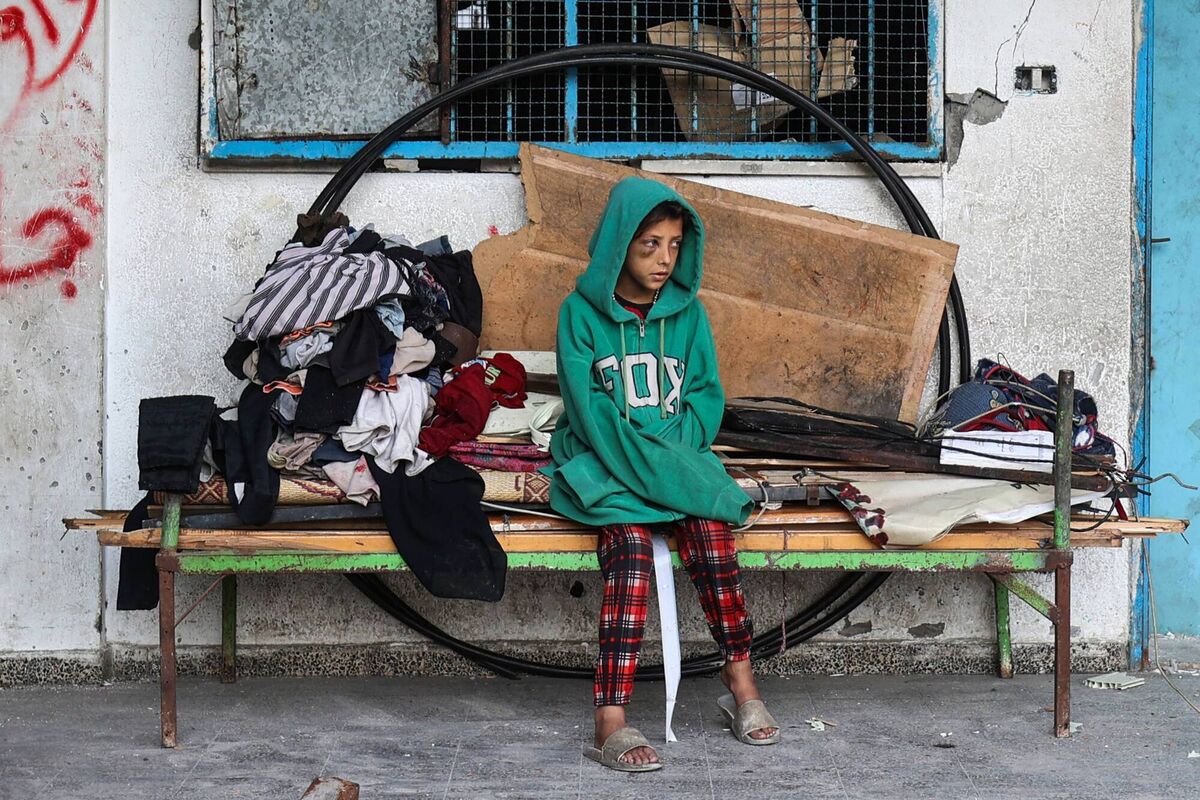
The UN’s World Food Programme warned Gaza is on the brink of “catastrophic hunger”, with aid access severely restricted, despite it being immediately available for distribution.
WHO confirms a deadly surge of malnutrition: 21 children under five have died in 2025 as aid routes remain practically non-functional.
Israeli forces issued new evacuation orders for central Gaza (southwest Deir al Balah), an area where many displaced Palestinians—and, yes, possibly hostages—are sheltering. Aid agencies reiterate their warnings of hundreds at imminent risk of death by starvation.
Sixty-seven Palestinians were shot dead by Israeli forces while waiting for UN aid trucks in northern Gaza, with another six killed near a southern distribution point, totalling at least 73 deaths in a single day.
The UN World Food Programme condemned the slaughter, decrying it as unacceptable and warning that such incidents endanger its staff and innocent civilians, as well as threatening ceasefire negotiations.
Israel defended the actions of its soldiers, claiming them to be under “immediate threat.” Countless eye-witness testimony and video footage contradict the claim.
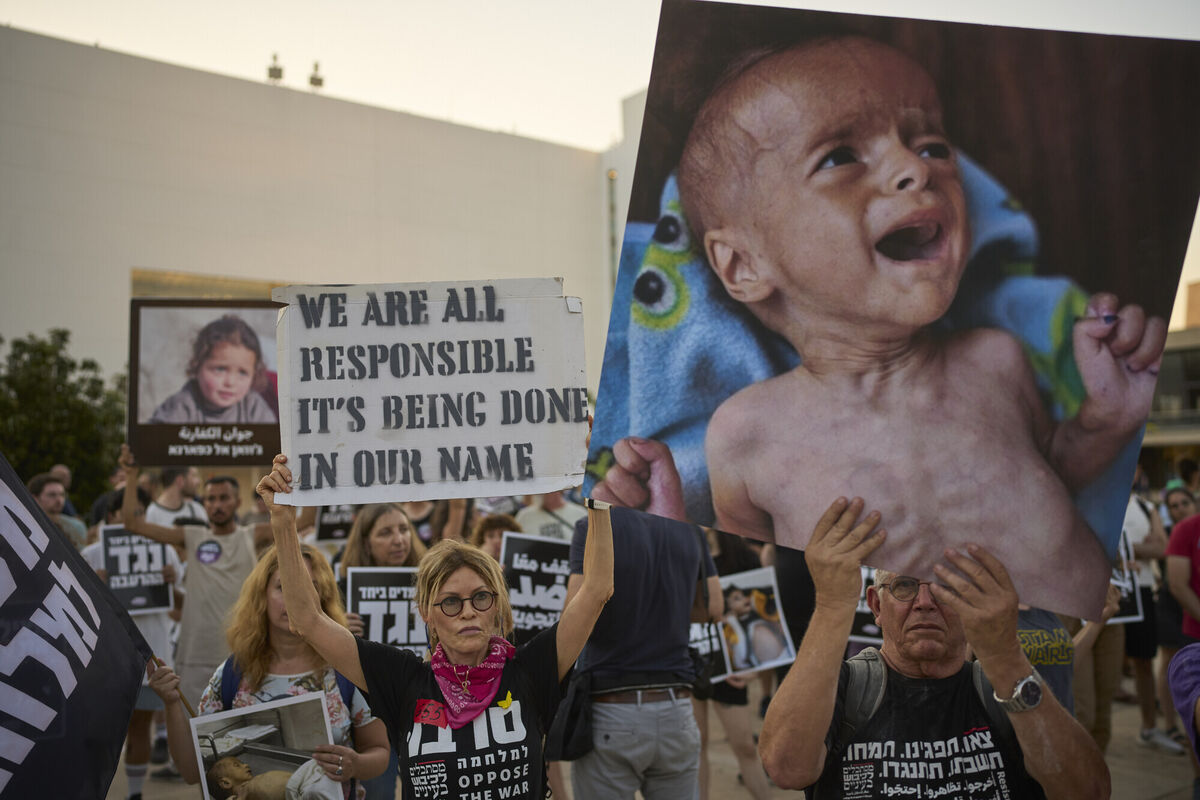
As another aid-line massacre unfolded, the IDF issued new evacuation directives for central Gaza areas, particularly Deir al Balah and Khan Younis. These orders exacerbated the plight of already displaced residents, aggravating the humanitarian crisis amid exports of famine and violence.
reported a four-year-old girl died of malnutrition on this date, underscoring the starvation crisis among Gaza’s most vulnerable. WHO and aid groups describe malnutrition and hunger as reaching “hellish” levels, with hospitals overwhelmed, children dying, and rates of severe malnutrition surging to unprecedented levels.
All of this as daily temperatures reach over 35 degrees Celsius on the ground. Only a fraction of the required 600 aid trucks enters Gaza daily — only 28 arrive on the 20th — leaving over two million residents, including journalists, facing starvation.
The Gaza Health Ministry reported at least 134 Palestinian bodies arriving in Gaza hospitals in the previous 24 hours.
Israeli forces launched a fresh offensive in central Gaza, deploying tanks into Deir al-Balah, shelling homes and mosques—killing at least three civilians. Airstrikes targeted Hudaydah Port (in Yemen), claiming Houthi militant infrastructure, and IDF downed a drone inbound to Israel — indicating broader regional tensions.
Fifteen Palestinians, including a six-week-old infant, reportedly died of starvation in the last 24 hours — bringing the total starvation-linked deaths to at least 101, with 80 of them children.
highlighted that over 800 people have been killed attempting to access food, often from shootings by Israeli soldiers at Gaza Humanitarian Foundation (GHF) distribution centres in the previous six weeks.
Israeli tanks entered Deir al-Balah despite numerous UN facilities there. WHO reported its staff residence and main warehouse were struck three times, resulting in fire damage and the detention of four staff members (one is still in custody).
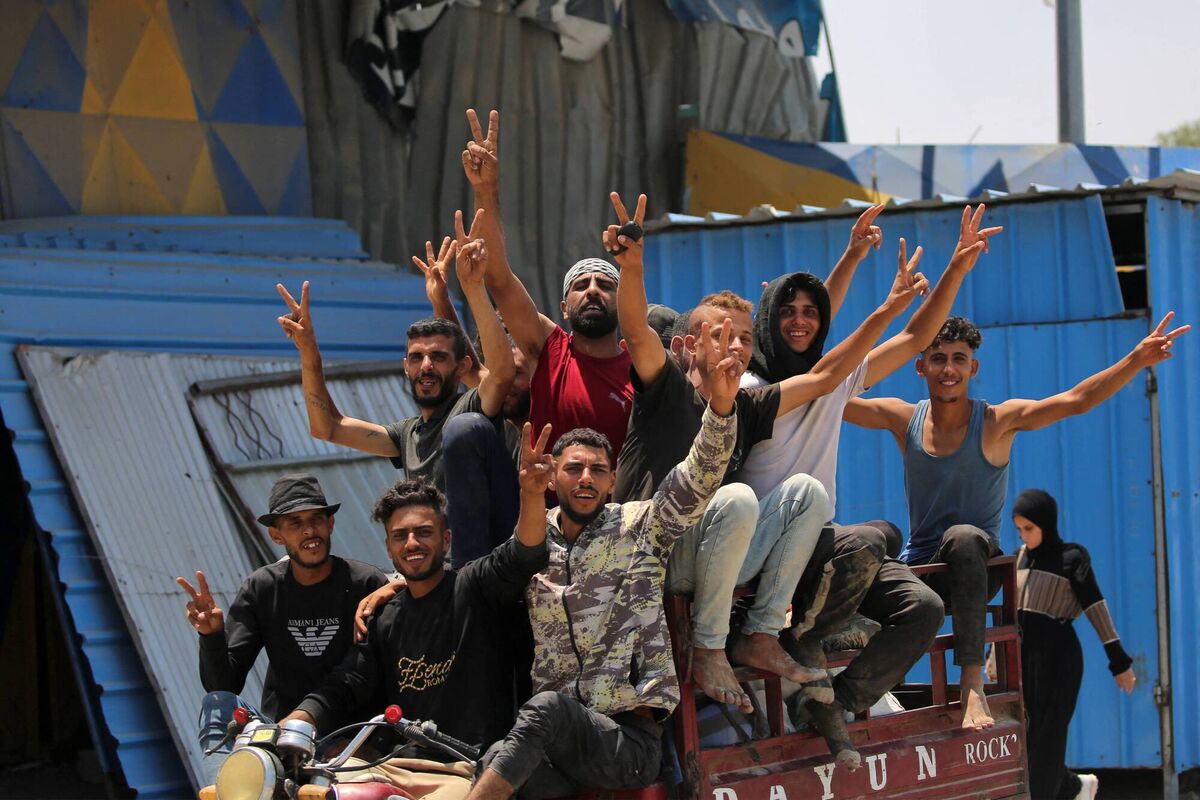
A coalition of 25 nations, including Ireland, the UK, France and Canada, condemned "inhumane killing of civilians" — particularly near food sites — and demanded an immediate end to the conflict.
A separate bloc of 28 countries (including Ireland) signed a joint statement calling for an immediate ceasefire and recognition that civilian suffering in aid queues has reached unprecedented levels.
A statement from 111 humanitarian organizations declared mass starvation sweeping Gaza, highlighting that vital food, water, and medical supplies are being held just outside by absurd Israeli restrictions.
WHO and aid groups reported a catastrophic collapse of food aid systems, with severe malnutrition becoming widespread: hospitals being overwhelmed with children dying en masse.
The daily grim reality of life in Gaza — infants denigrated to starvation, thousands killed seeking food, and relentless military pressure — continues to be livestreamed by Palestinians.
Newspaper front pages are dominated by a photograph of a starving Palestinian child, Muhammad, who is about 18 months old.
The Norwegian Refugee Council (NRC) announced it had completely exhausted its aid supplies - “our last tent, our last food parcel – gone” and warned that some of its own staff are now starving amid crippling Israeli interference with humanitarian deliveries.
The UN estimates that only 28 trucks per day are entering Gaza — well below the 600 needed — leaving 2.2 million people, including NGOs and journalists, facing acute deprivation.
“Six -week-old Yousef’s lifeless body lay limp on a hospital table in Gaza city,” reported , “his skin over protruding ribs.” The little boy was one of 15 people to starve to death over a 36-hour period."
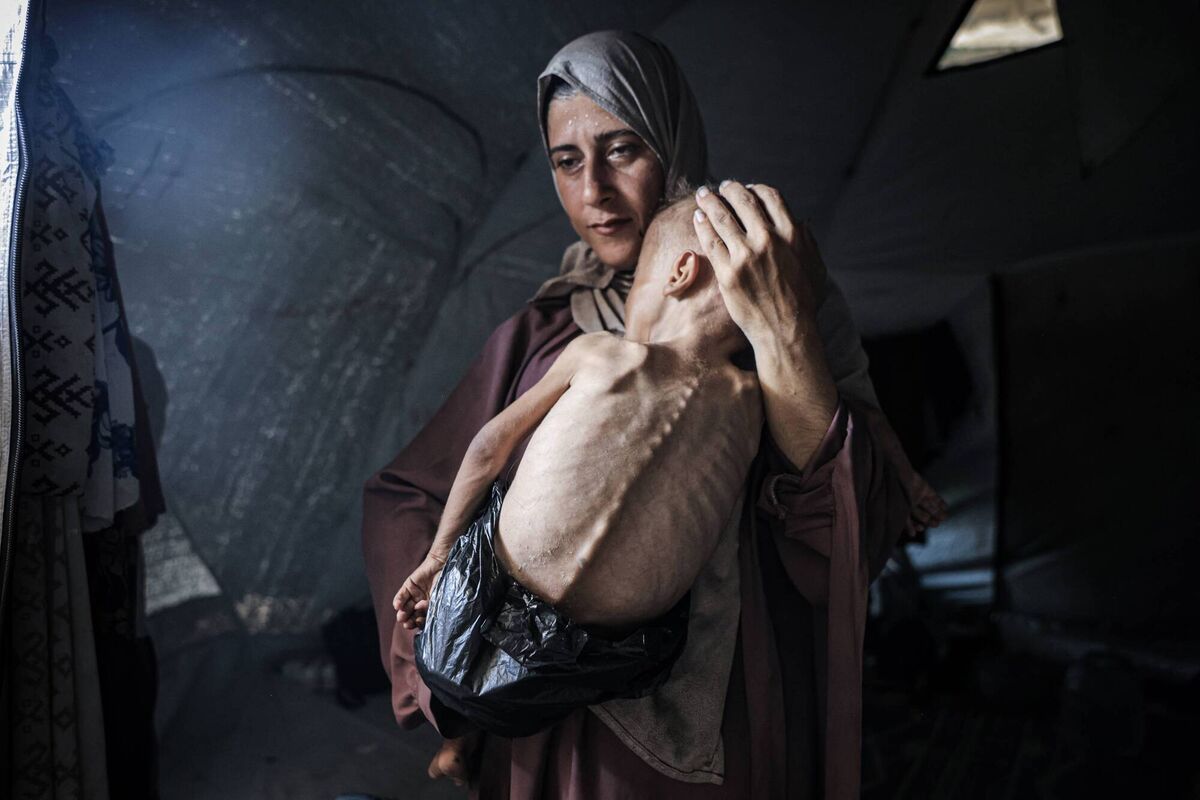
Further videos and reports expose aid distribution zones — run by the US-linked Gaza Humanitarian Foundation — as “death traps”, with militarised settings and live fire resulting in over 1,000 deaths since May. UN officials from WFP and UNRWA confirm systematic killings of people simply trying to reach food — fuelling global outrage and accusations of inhumane instrumentation of mass starvation.
Dr Tedros Adhanom Ghebreyesus, the WHO director-general, said Gaza is enduring man-made mass starvation, citing an Israeli blockade that leaves essential aid just outside its borders.
All the while, UNRWA, WHO, and other NGOs on the ground report operational staff collapsing from hunger and exhaustion while on duty — underscoring the disintegration of humanitarian work.
Over 100 aid organisations, including MSF, Save the Children, and Oxfam, once again warn that Gaza is facing “mass starvation” and call for open crossings and unobstructed aid access.
A coalition of 111 aid and rights organizations — including MSF, Oxfam, Save the Children, and the Norwegian Refugee Council — issued a joint appeal, calling for unrestricted access, open border crossings, and the removal of military-controlled aid systems. They again warn that staff are now collapsing from hunger while distributing food.
Gaza’s Health Ministry reported at least 10 additional starvation deaths in the past 24 hours (bringing the total to 111), including four children, and highlighted the few remaining health facilities as being grossly overwhelmed.
Residential bombardments continued: an Israeli air raid killed the Al Shaer family (including a journalist and her five children) while they slept.
The same day, Israeli forces targeted 120 "terror infrastructure" sites, resulting in over 100 civilian deaths.
Gaza health officials reported two more deaths from famine and malnutrition within 24 hours, bringing the total to at least 113 starvation-linked fatalities, including many children. The Gaza Health Ministry confirmed these figures, highlighting the tragic daily increase.
Israeli forces conducted fresh air and ground operations across central and southern Gaza, resulting in at least 41 Palestinian civilian deaths since dawn until now.
Hamas has submitted a new response to mediator-proposed ceasefire and hostage-release terms. Israel has deemed parts of the deal “workable” but remains publicly dubious while the proposal undergoes review.
A joint media statement from , , , , and others warned that journalists in Gaza are facing starvation, with many unable to eat or work. They urged Israeli authorities to facilitate their movement and food access.
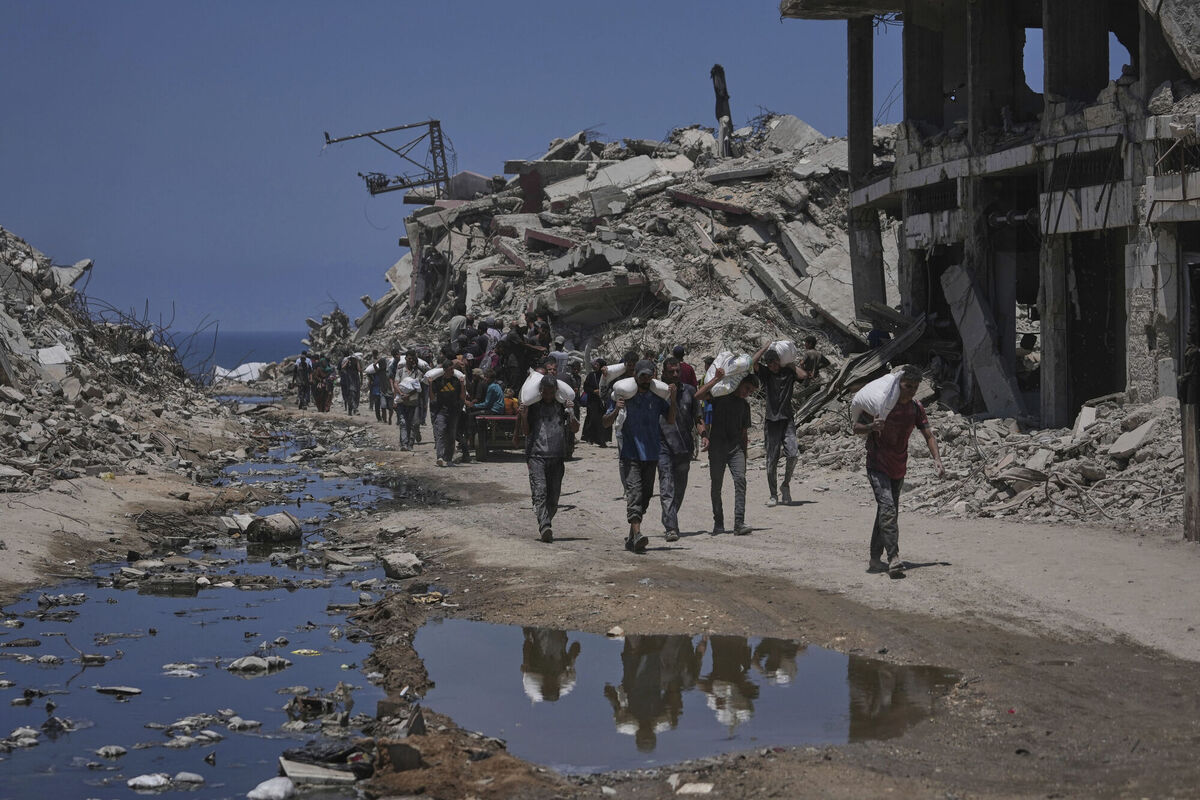
The statement marks another depressing departure: media that had heretofore failed to be editorially critical of Israel finally - after likely 100,000 deaths in 21 months - chose to speak out. And even then, their words have so far been greeted by even more killings.
The WHO's Tedros once again emphasised “man-made mass starvation” in Gaza due to the effective blockade, with 10% of the population malnourished and over 5,100 children admitted to malnutrition programmes this month. Philippe Lazzarini of UNRWA described Gazans as “walking corpses” and noted 6,000 aid trucks are sitting unused outside Gaza due to Israeli restrictions.
In Ireland, Simon Harris issued a press release saying: “The suffering of civilians in Gaza has reached new depths of despair and misery.
“Ireland calls for an immediate and permanent ceasefire. Israel must lift its blockade and allow the full resumption of humanitarian aid into and throughout Gaza.
“All hostages must be released by Hamas and returned to their families. UN and other humanitarian organisations must be allowed to do their work.”
It came weeks after reported that “Ireland was the largest buyer of Israeli integrated circuits in 2024, importing some $3bn billion worth of electronic integrated circuits and micro-assemblies.” The same report listed Ireland as second only to the United States as the biggest importers of Israeli products last year, globally.
We scarcely needed reminding, but if the last seven days taught us anything, it is that there is no normal in Gaza anymore. Only starvation, dust, the smell of blood and the terror of children.
Water comes from rusted pipes; food, if it arrives at all, from the sky, wrapped in plastic and desperation. Burst bags of flour inseparable from the sand. Airdrops that feed one while food queues are a death sentence.
And everywhere, children who no longer cry — because their bodies have forgotten how. The world knows what’s happening. The figures are public, the footage relentless.
UN officials say famine is being used as a weapon. Aid workers collapse from exhaustion and hunger. Journalists — the last witnesses — say they cannot report the truth because they are too hungry to hold a camera.
Israel, for its part, says it's “pursuing military objectives.” But buildings don’t bleed, and babies are not Hamas.
There are no safe zones in Gaza, only graveyards waiting for names.
What is happening in Gaza is not a “conflict”. It is not a “military operation”. It is not “complicated”. It is a genocide, slow only because starvation takes longer than a bomb.



